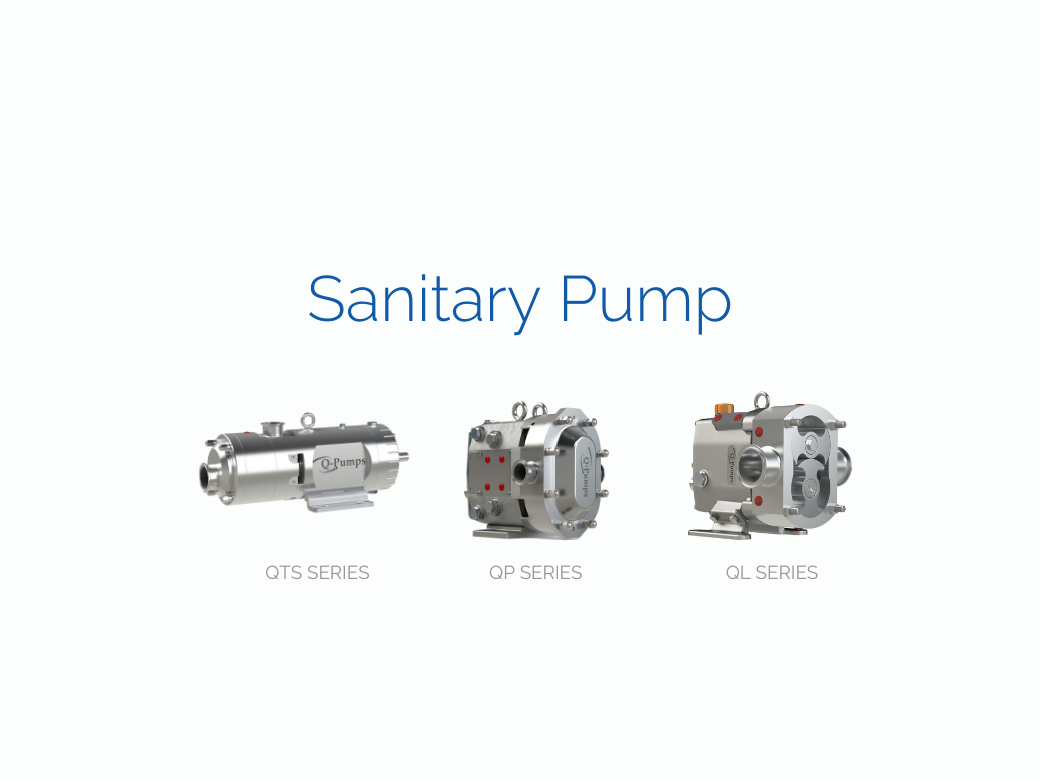
Discover what a sanitary pump is, how it works, and why it's crucial in industries like food, pharmaceutical, and chemical processing.
A sanitary pump is essential equipment for moving fluids in environments demanding hygiene and precision. From food processing to pharmaceutical applications, these pumps ensure clean and efficient operations. In this article, we'll explain what they are, how they function, and why they're indispensable in your industry.
What is a Sanitary Pump? Technical Definition
A sanitary pump is a device designed to transport fluids under strict hygienic conditions, preventing cross-contamination. It is constructed with materials like 316L stainless steel and PTFE, which resist corrosion and comply with standards such as FDA and EHEDG.
How Does a Sanitary Pump Work?
1. Intake Phase
Fluid enters the pump chamber as moving components (e.g., gears or lobes) separate, creating a partial vacuum.
2. Transport Phase
The moving elements trap the fluid in an enclosed space, eliminating backflow or contamination risks.
3. Discharge Phase
The fluid is expelled uniformly and precisely, ideal for applications requiring accuracy (e.g., pharmaceutical dosing).
Did you know? Sanitary pumps can handle fluids with varying viscosities, from water to thick syrups.
Compare models:
| Q-pumps Catalog |
Types of Sanitary Pumps
1. Lobe Pumps
-
Use: Ideal for viscous fluids like chocolate or honey.
-
Advantage: Hygienic design with easy CIP (Clean-in-Place) disassembly.
2. Circumferential Piston Pumps
-
Use: Perfect for precise dosing in pharmaceuticals.
-
Advantage: High energy efficiency and low maintenance.
3. Twin-Screw Pumps
-
Use: Handling fluids with suspended solids (e.g., fruit purées).
-
Advantage: Smooth, pulsation-free flow.
Need a custom solution?
| Schedule a Consultation with Our Experts. |
Key Applications of Sanitary Pumps
1. Food Industry
-
Pumping viscous ingredients: Sauces, dairy, juices.
-
CIP cleaning: Precise detergent circulation.
2. Pharmaceutical Sector
-
Active ingredient dosing: ±1% volume accuracy.
-
Sterile solution transfer: Zero contamination risk.
3. Chemical & Petrochemical
-
Handling corrosive fluids: Thanks to stainless steel construction.
Advantages vs. Conventional Pumps
| Feature | Sanitary Pumps | Conventional Pumps |
|---|---|---|
| Hygiene | FDA/EHEDG compliant | No full cleanliness guarantee |
| Materials | 316L stainless steel, PTFE | Cast iron, plastics |
| Maintenance | Easy disassembly & cleaning | Complex dismantling required |
Sanitary Pump Maintenance
3 Essential Practices
-
Regular lubrication: Use NSF-H1 greases in food processing.
-
Seal inspection: Prevent leaks in high-pressure systems.
-
Post-process cleaning: Remove residues with 90°C water or CIP solutions.
Why Choose Sanitary Pumps?
These pumps are irreplaceable for applications demanding hygiene, precision, and durability. By integrating them, you ensure:
-
Reduced waste from dosing errors.
-
Regulatory compliance (FDA, EHEDG).
-
Long-term energy savings.
Recommended Actions
-
Assess your needs: Viscous fluids? Sterile environments?
-
Request certified pumps: Prioritize brands like Q-Pumps.
-
Train your team: Optimize operation and maintenance.
Ready to implement?
| Schedule a Consultation with Our Experts. |